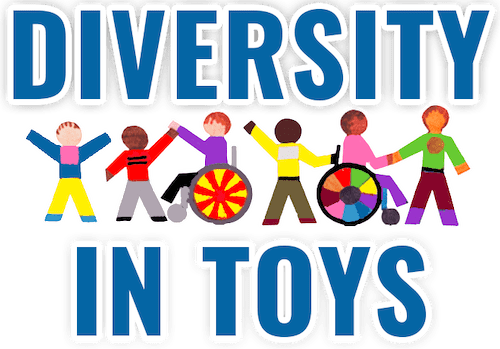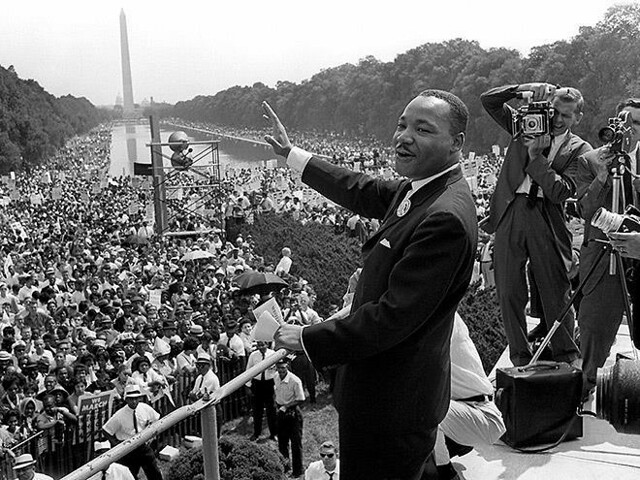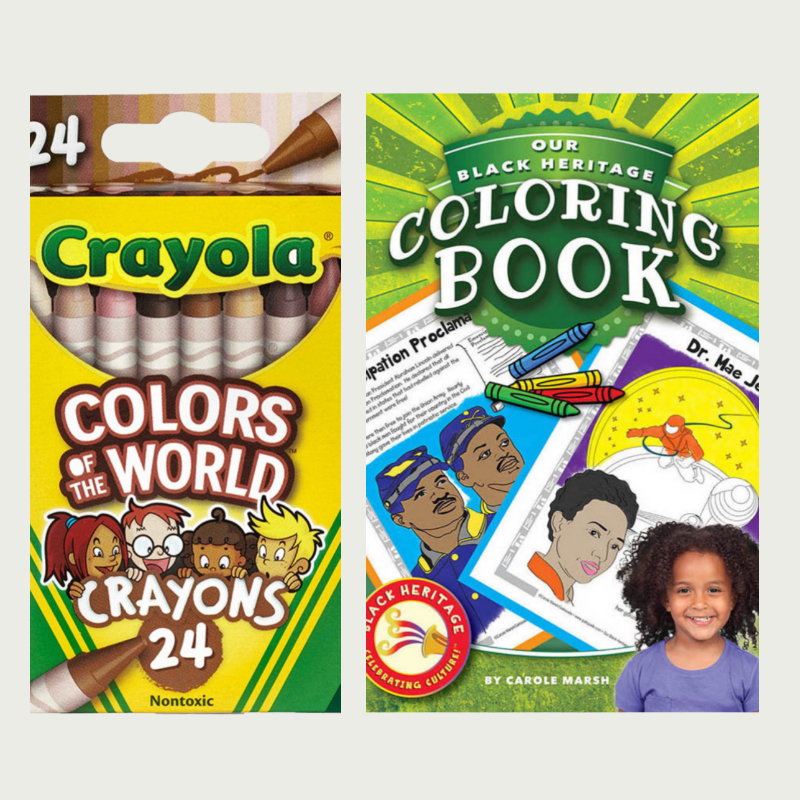Martin Luther King Day with Kids
We are coming up on the first national holiday of the year: Martin Luther King, Jr., Day on Monday, January 16. Everyone loves a long weekend and children may be particularly excited for the day off from school. But did you know that MLK Jr. Day is much more than just a historical holiday?
Taking place on the third Monday in January, Martin Luther King, Jr., Day (MLK Day) is a federal holiday that is also designated by Congress as a National Day of Service – a “day on, not a day off.” For parents and guardians, Martin Luther King, Jr. Day is a great opportunity to talk with children about topics like American history, racial equality, and community service. You can even find ways to serve with your children in your community through special National Day of Service events.
In this article, we’re going to look at the history of how MLK Day came to be a national holiday and how you can participate in the MLK National Day of Service with the kids or teens in your life.
Who was Martin Luther King, Jr.?
Martin Luther King, Jr., was born on January 15, 1929, in Atlanta, Georgia. His father was a prominent Baptist minister who led organized community protests against racist policies such as leading a march of hundreds of African American community members to Atlanta’s city hall to protest voting rights discrimination in 1936. The junior King followed his father’s footsteps both into ministry as well as into social activism.
King is best known as one of the founders of the Southern Christian Leadership Conference (SCLC), a federation of Black churches and allies that organized mass protests to demand civil rights reform. He is also known for his promotion of nonviolent protest such as sit-ins, labor strikes, and marches as a moral and effective way to bring about social change. King achieved many legislative and social victories during his lifetime, and among his allies were President John F. Kennedy and the evangelical leader Billy Graham. Ultimately, many of the rights that King and the SCLC fought for were enacted into United States law with the passage of the Civil Rights Act of 1964 and the Voting Rights Act of 1965.
King continued to work for desegregation and equal protection under the law until he was assassinated in 1968 at the age of 39.
How did Martin Luther King, Jr., Day become a national holiday, and what does it mean?
Four days after King’s assassination, Congressman John Conyers (D-Michigan) proposed a national holiday in King’s honor. The bill failed, but Conyers continued to advocate for the establishment of such a holiday for the next 15 years.
It may be surprising to for folks today to realize that the proposal to create a holiday remembering King was controversial at the time; firstly, MLK Day would be the first national holiday commemorating a public figure who was not a president. Second, though universally regarded as a hero now, opinions about King were mixed during his lifetime and some Americans saw King more as a troublemaker than as an activist.
However, popular support for the establishment of a national holiday honoring King’s life and work grew. In the early 1970s the SCLC presented to Congress signatures from 3 million supporters of the holiday. Subsequently, several states instituted state-level acknowledgements of MLK’s birthday and accomplishments, starting with Illinois in 1973. Finally, in 1983, Public Law 98–144 was passed by Congress establishing Martin Luther King, Jr., Day as a national holiday to be observed on the third Monday in January.*
The story doesn’t stop there. In 1994, Congressman John Lewis (D-Georgia) proposed that MLK Day should be a “day on, not a day off,” an occasion for Americans to help their communities rather than just a holiday. So, Congress passed the King Holiday and Service Act, which designated the MLK federal holiday as a National Day of Service. Led by the Corporation for National and Community Service, otherwise known as Americorps, events are organized in communities around the country on MLK Day to honor the life and work of Martin Luther King, Jr., through acts of service.
Hundreds of thousands of Americans participate in the MLK Day of Service every year, helping to build up their communities and respond to the needs of their neighbors in honor of the legacy left to our country by Dr. King.
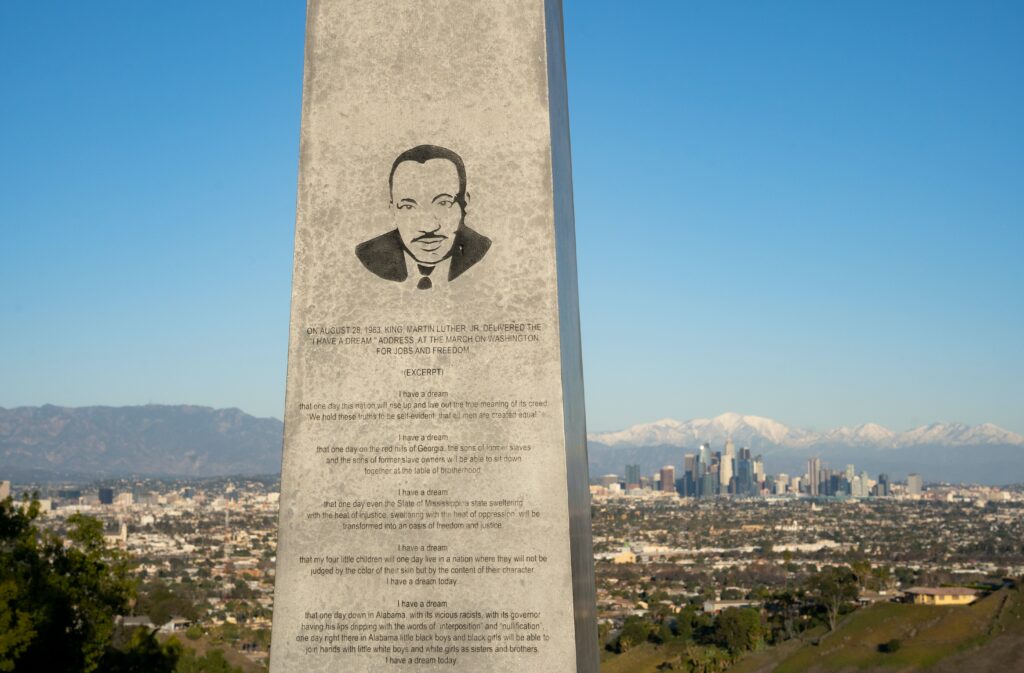
How can you observe MLK Day 2023 with your kids?
This year, Martin Luther King Jr. Day falls on Monday, January 16. If you’re wondering how you and the kiddos in your life can observe the MLK National Day of Service, it’s not too late to find a way to participate! The three main ways that you can participate are to serve, donate, or educate.
Serve
If you are looking for ways to participate in the MLK Day of National Service, you can find volunteer opportunities near you through the Americorps MLK Day page. The volunteer opportunities listed on the Americorps website include virtual opportunities as well as in-person events. Many volunteer events accommodate families and participants of different skill levels, though you should always feel free to contact the event organizers to confirm this.
If you don’t see an opportunity that works for you and your children, another option is to contact a community organization or nonprofit that you know does work near you and ask if there is a way you and your kiddos can help out on January 16th (or, really, any other day that you are available – community service is always appreciated, even when it doesn’t fall on a holiday).
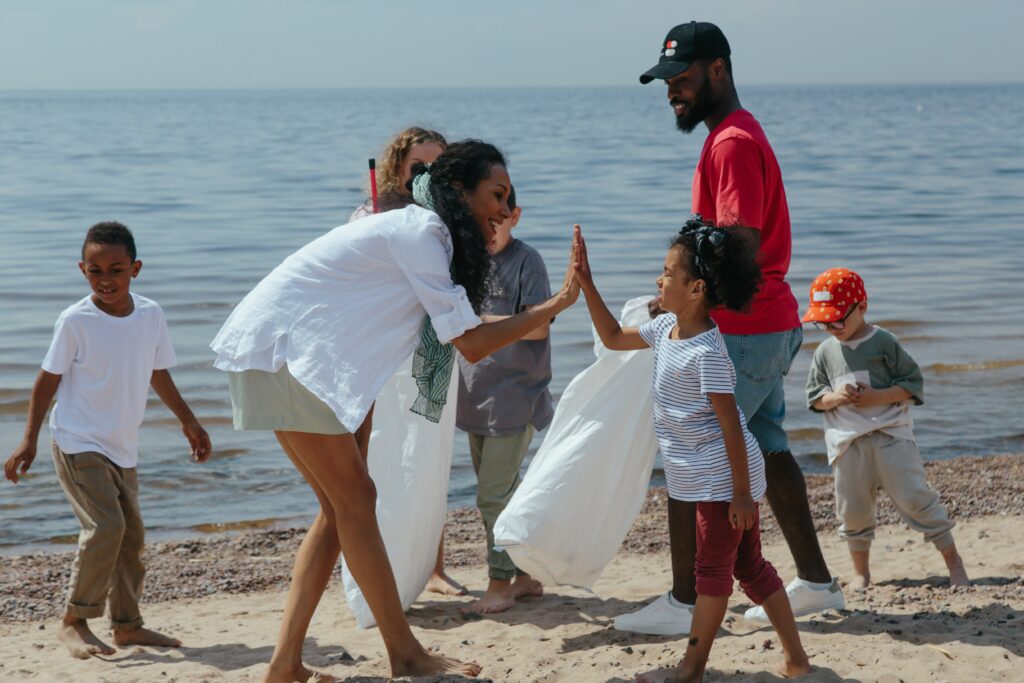
Donate
If you don’t have time or ability to participate in a volunteer service event on January 16, you and your child can give a donation to a community organization or nonprofit that is doing work in an area that you care about. Decide ahead of time how much money you want to give, and then engage your child in the process of choosing where to give that money.
This can be an opportunity for you to talk with your children about issues they can observe in their communities – this can be in your neighborhood, in their school, or in another place they frequent often – and ask them to think about how those issues can get better. Then, you can help your child research an organization that helps address that issue and find out how to donate to them. Your child may feel especially empowered to put the donation in their name.
An online directory like Charity Navigator can help you filter through verified charities by cause, location, and rating so that you know your donation is going to a bona fides organization.
Educate
Last but certainly not least, MLK Day is the perfect opportunity to spend time learning with your child about the history of civil rights in the United States and ways that that history continues to impact our country today.
For younger children, focus on the concepts of fair and unfair. Say, “Dr. Martin Luther King, Jr., was a Black American who saw things that weren’t right in his community and dedicated his life to making them right. As a young person he experienced prejudice, or being treated differently, because of the color of his skin. This led him to become a social activist, or someone who works to change unfair rules and customs so that life is better for everyone. The way that Dr. King worked to change these unfair rules was by refusing to obey the rules that he saw as unfair. If a rule didn’t apply equally to everyone, he would refuse to obey it, and he encouraged others to disobey as well. This led to the creation of more equal laws in the United States.”
Ask your child to consider things they think are fair or unfair. If they see something they think is unfair, how can they step in or get help from an adult for the situation?
For elementary-school aged children, explore the history of Martin Luther King, Jr.’s life and the civil rights movement. You can look up facts about King with your child. Or, reading through a picture book detailing King’s life and legacy can make the history understandable at their level. You can also give your child interactive materials to help the lessons stick: Diversity in Toys is offering a sale on Our Black Heritage Coloring Book, a 24-page coloring book that features the stories of African American heroes, bundled with a Colors of the World Crayola Crayons 24-Pack to help children color the book with a wide array of skin tones. (Also available on our site is a Colors of the World Art Bundle, which includes Crayola’s Color of the World Crayons, Markers, and Pencils, for young artists who like to use various mediums.)
For children at a middle school comprehension level, you can introduce them directly to the works of King. The full “I Have a Dream” speech is available to listen to on NPR, and can be a great discussion starter. Tell your child the story of the March on Washington. Then, take the time to listen to King’s speech with them, maybe reading along with the written transcript as you listen. While the speech is not difficult to understand, it is written in an older style and so your child may have some questions about the vocabulary and rhetorical devices that are used.
After listening, ask your child to think about some off the metaphors King uses to describe racial discrimination, segregation, and unfairness. Why do they think King uses those metaphors? Also ask, what was King’s dream for the future? Prompt your child to identify the specific social and legal issues that King raises. Does our country still have those issues today? What needs to be done to address them?
For advanced readers (high school level), the full text of King’s “Letter From Birmingham Jail” is available online. Considered one of King’s most profound and meaningful works, there is a lot to unpack in its text and your reader may benefit from doing some research around its history and context to fully understand its message.
If your teenager is not a reader, share with them this video of a talk that King delivered to high school students of his own time entitled, “What is Your Life’s Blueprint?”, where he encourages young people to find their unique way of participating in the world around them. Then, ask your teen to consider what their particular strengths are and how their gifts can help impact the world around them.
Martin Luther King, Jr., Day presents a great opportunity to talk with your child or teen about important issues happening in the world around them. We hope this article helps you think of ways to make the holiday “a day on, not a day off” with your special young ones.
*Even after MLK Day was established as a national holiday, several states, particularly in the southern region, refused to observe it or conflated it with a celebration of Confederate general Robert E. Lee, who was born on January 19. It was not until 2000 that every state observed Martin Luther King, Jr. Day as it was meant to be observed.
